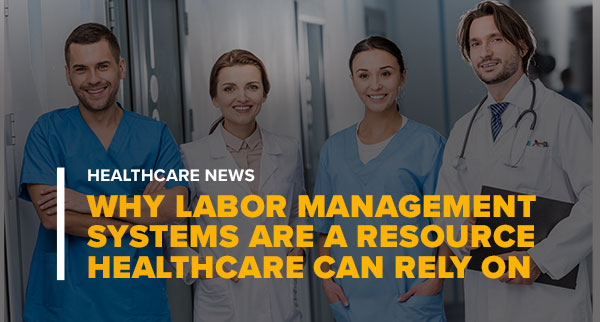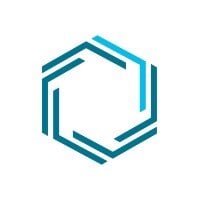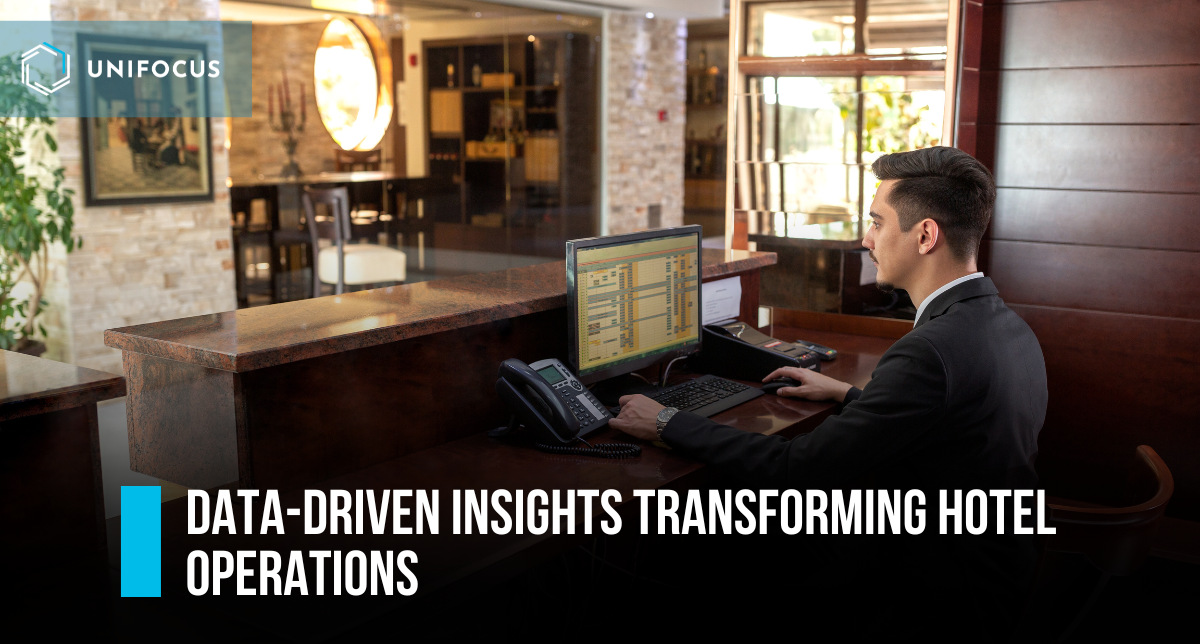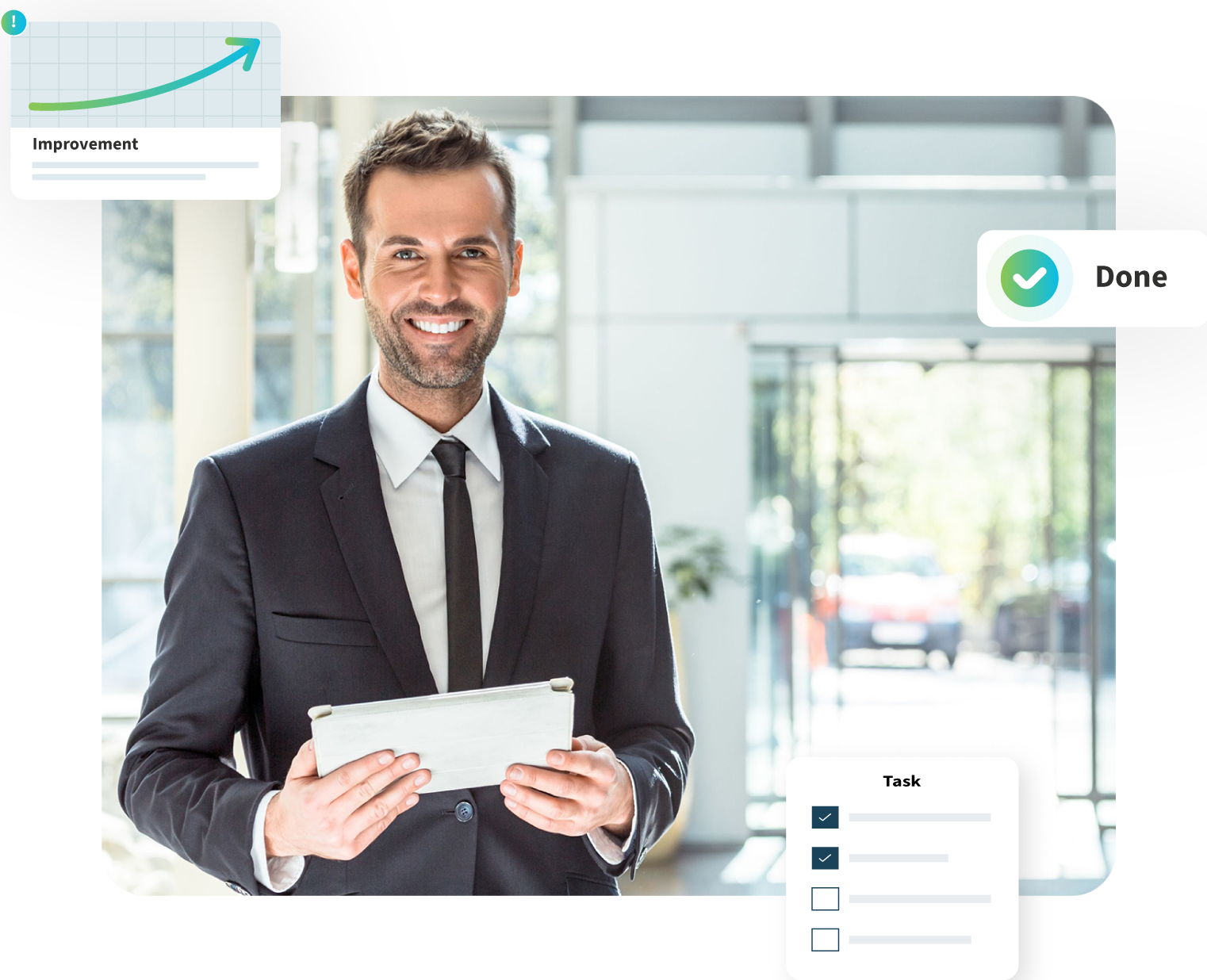The rate of employment in healthcare has been on a meteoric rise over the last decade. Since 2009, hospitals have added over 580,000 jobs nationwide according to data from the U.S. Bureau of Labor Statistics. And while those positions were essential for providing quality care, they also increased the cost and complexity of managing labor. The rate of labor’s share in total hospital expenses grew from 50% to 55% from 2009 to 2019 as employment increased by 13%. Furthermore, the situation has intensified due to the COVID-19 pandemic.
From a tightening labor market requiring higher wages, widespread consumerism, more patients with serious conditions and a growing, aging population, healthcare labor demand is only going to continue rising in the years to come. In turn, it’s essential that hospitals, acute care facilities and long-term care facilities respond by leveraging advanced workforce management systems to optimize their labor management strategies and provide support for their caregivers, patients and bottom lines.
Supporting Caregivers
Enhancing the patient experience is a primary focus in healthcare, but there’s another element to the equation that tends to be ignored. In order to provide high-quality care, healthcare employees – also known as the “helpers” in our society – they need to be helped as well. After all, if the employee experience isn’t accounted for, how can we expect the patient experience to be improved? There are myriad ways that an advanced labor management system can support caregivers. From collecting feedback through employee surveys and offering flexible scheduling options to enhanced training to better understanding their roles, responsibilities, patient volumes, and populations, the labor management system will provide the means for fostering an engaged and productive workforce.
Digital Surveys: Collects actionable improvement insights from caregivers on efficiency, labor levels, safety and workplace culture for streamlined staff-wide communication.
Digital Training Programs: Enhances the training process of certain protocols that don’t necessarily need human-to-human interaction in order to complete (especially important during the pandemic).
Flexible Scheduling: Allows management to further align their scheduling – including shift times, durations and changes – with patient levels, employee availability and cross-utilization opportunities to improve patient care and labor spend.
Advanced Analytics: Provides caregivers with data-driven insights on patient volumes in specific areas of the facility, as well as their conditions and care needs.
Supporting Patients
 Patients are the primary beneficiaries of an empowered healthcare staff. A workforce optimization solution allows the hospital, acute care facility or nursing home to have a firm grasp of their labor management needs and, in turn, place a deeper focus on patient care. By leveraging automated intelligence for keeping detailed patient records, the system can help doctors and nurses execute the most effective care strategies with immediate access to the patient’s individual history of treatments, medications and operations while still complying with HIPAA requirements.
Patients are the primary beneficiaries of an empowered healthcare staff. A workforce optimization solution allows the hospital, acute care facility or nursing home to have a firm grasp of their labor management needs and, in turn, place a deeper focus on patient care. By leveraging automated intelligence for keeping detailed patient records, the system can help doctors and nurses execute the most effective care strategies with immediate access to the patient’s individual history of treatments, medications and operations while still complying with HIPAA requirements.
In addition, the system enables the facility to maintain accurate staff levels relative to its labor needs – thus avoiding mis-staffing that could lead to a reduction in care quality or excess costs. The improvement in clinical outcomes can be found in numerous realms. With streamlined workflows for operational efficiency, healthcare providers can improve productivity on a daily and weekly basis. In addition, the enhanced efficiency would directly impact quality of care perceptions which can have a measurable impact on top line revenue.
Supporting Bottom Lines
It’s also important to view the benefits of a labor management system from a financial perspective. Take Hawaii Pacific Health (HPH) for example. The non-profit healthcare network of hospitals, clinics and acute care providers in the pacific region, conducted a study on the financial impact of a labor management accelerator that provided real-time, on-demand analytics for resource and performance insights. By using the data to optimize its financial allocations, HPH was able to make proactive labor decisions that significantly reduced expenses. The company saved $2.2 million in 16 months without sacrificing care quality.
Mismanaged labor can result in overspending and high turnover rates, and while labor spend is obviously a top priority of every quarter, the financial implications of staff turnover are often overlooked. It costs a considerable amount of money and resources to find and train new staff. However, if a caregiver is consistently supported by labor management strategies that improve their work experience and productivity, they will be less inclined to leave for another healthcare provider – in turn reducing the high rate of replacement costs.
With the ongoing ripple effects of the pandemic, we’re in a pivotal period that requires the healthcare industry to adopt a proactive approach for navigating the future. Hospitals, acute care facilities, and nursing homes are vital pillars to our society’s health and well-being that need to be supported. It’s time to view labor management systems as a resource they can rely on.







